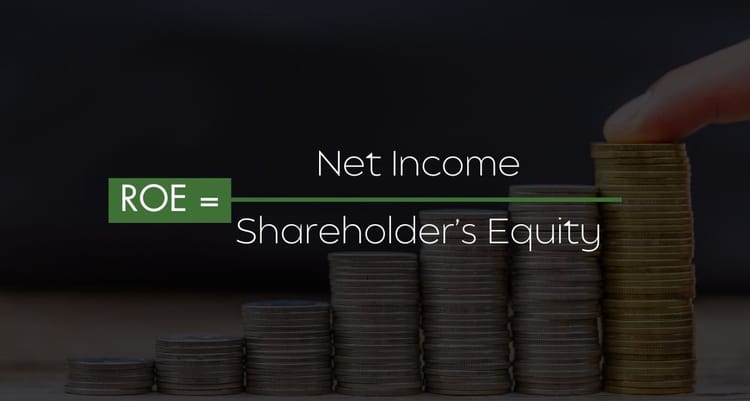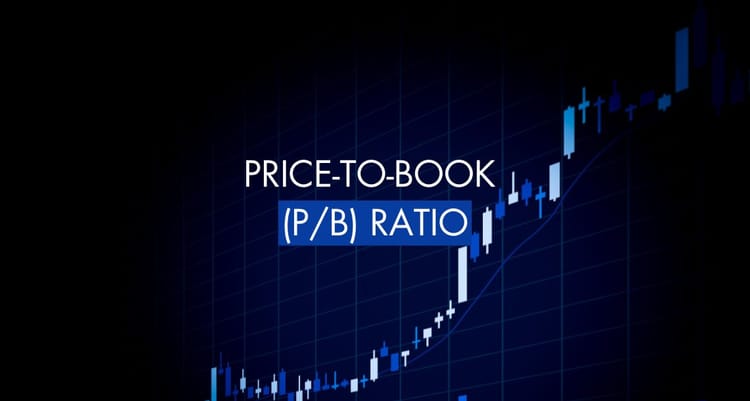Decoding Financial Performance: ROCE vs. ROE - Which Metric Matters More?

ROCE (Return on Capital Employed) and ROE (Return on Equity) are financial metrics used to assess a company's profitability and efficiency. While both metrics provide valuable insights, they focus on different aspects of a company's financial performance. It is not a matter of one being better than the other, but rather understanding their respective uses and interpreting them in the context of the company and industry.
ROCE measures the return generated from all the capital employed in the business, including both debt and equity. It takes into account the overall efficiency of the company in generating profits from its total capital base. ROCE is useful for evaluating the company's ability to utilize its capital effectively and generate returns for both debt and equity investors. A higher ROCE indicates better utilization of capital and a more efficient use of resources.
ROE, on the other hand, measures the return generated specifically on the shareholders' equity investment. It represents the profitability of the company from the perspective of its equity shareholders. ROE is particularly relevant for assessing the company's ability to generate profits and returns on the equity invested by shareholders. A higher ROE suggests that the company is generating stronger profits relative to its equity base.
To determine which metric is better, it depends on the specific context and the nature of the analysis. Here are some factors to consider:
Business Structure:
If the company has a significant amount of debt or a complex capital structure, ROCE provides a more comprehensive view by considering the returns generated from both debt and equity. It accounts for the cost of borrowing and the company's ability to generate returns on the total capital employed.
Equity-Focused Analysis:
If the focus is primarily on the returns generated on the equity investment, ROE is a more suitable metric. It helps evaluate the company's profitability and efficiency from the shareholders' perspective, providing insights into the equity shareholders' returns.
Industry Comparison:
Comparing ROCE and ROE across companies in the same industry can provide insights into their relative performance. Industries with different capital structures and levels of leverage may show variations in ROCE and ROE. Analyzing both metrics allows for a more comprehensive industry comparison.
Purpose of Analysis:
The choice between ROCE and ROE also depends on the purpose of the analysis. For instance, if the analysis aims to assess the company's overall financial performance and efficiency, ROCE would be more appropriate. However, if the focus is on assessing shareholder returns and profitability, ROE would be the metric of choice.
Conclusion
there is no definitive answer as to which metric is better between ROCE and ROE. Both metrics provide valuable insights into a company's financial performance, but they focus on different aspects. Understanding their distinctions and using them in the appropriate context allows for a more comprehensive assessment of a company's profitability and efficiency.






Member discussion